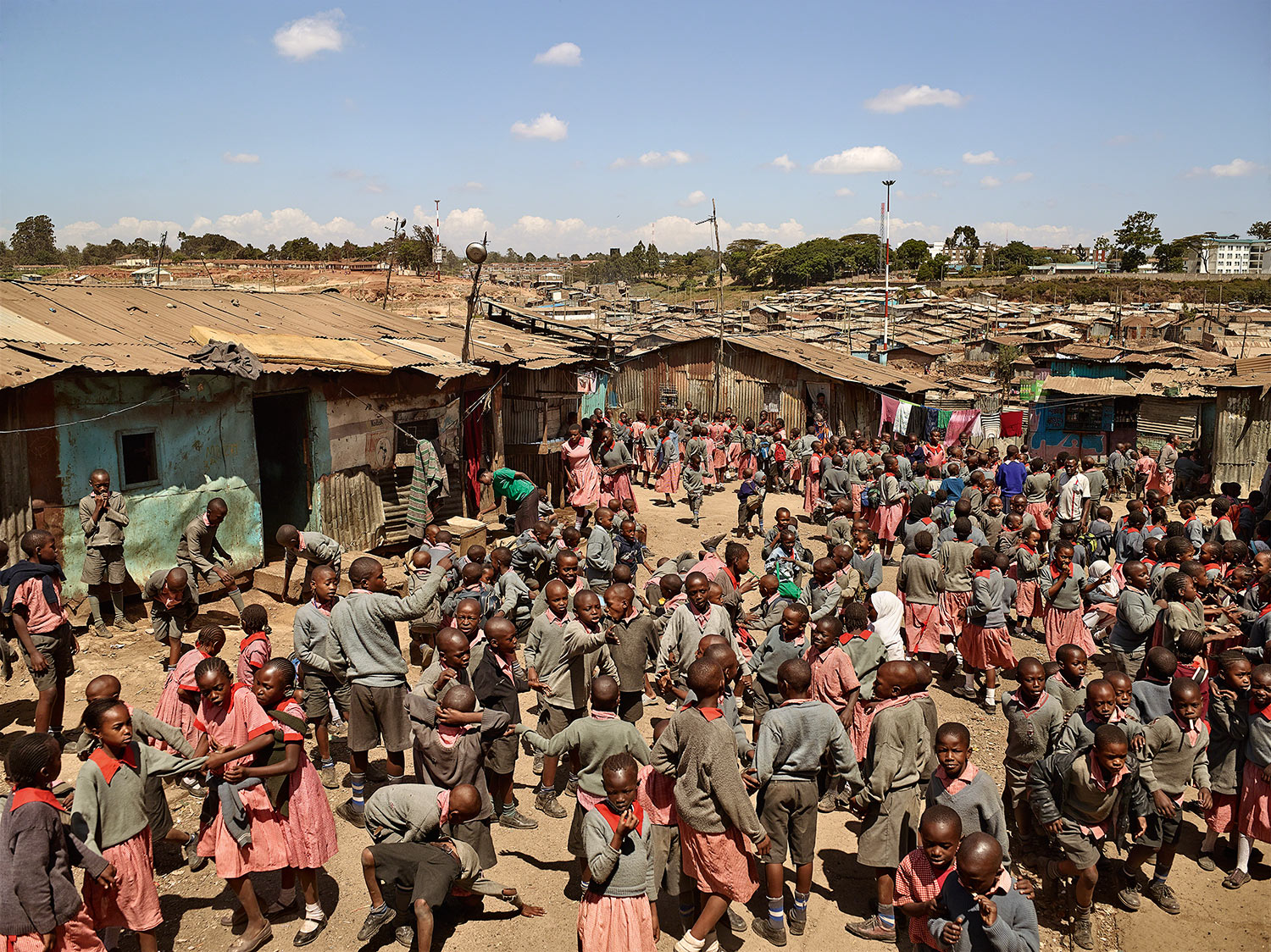
Perched on a vantage point that offers him a sweeping view of the playground, photographer James Mollison waits for the school bell. As soon as the kids come rushing out, he snaps photographs after photographs, capturing the ebb and flow of their games. Doing so, he thinks back to his own childhood and how recess helped shape his character. “No single frame could convey the complexity of the emotions and experiences one has in the school yard,” he reckons. “Because I wanted to create seductive and layered images, I was compelled to combine parts lifted from the pictures taken over the course of the break, choosing which incidents or expressions to include.”
He calls the resulting tableaux “still time-lapses”. “It might not be pure documentary photography, but it is truthful. All these interactions happened, except not all at once. It’s time pushed into one frame,” adds the British image-maker.
At a time when the photojournalism field is reeling from the controversies surrounding manipulation before, during and after shoots, photographers such as Mollison, who turn to composites to speak about the world around them, further challenge notions of veracity and subjectivity.
“The decisive moment is a great concept, but we don’t experience the world that way,” says photographer Sean J. Sprague. “Life is a montage of occurrences that comes together overtime. By spending several hours shooting a scene and merging elements from each into a single frame, I create, in some way, a truer depiction of that space because I’m not capturing an outlier moment.” After a first trip documenting the inner-workings of a factory farm in 2010 that left him dissatisfied with the outcome, the 33 year-old returned to spend several days taking thousands of close-up shots. Months of editing and careful consideration of where each person – and pig – should be positioned resulted in striking and extremely detailed prints that effectively conveyed the feel of such large operations.
“There are different ways to tell the truth and sometimes it has to do with the cumulative,” echoes Julie Blackmon, whose work focusses on her children. The American artist comes from a family of nine and she now raises three. She says she favors compositing because it gives her the ability and freedom to visually translate her reflections on what family life means in the new millennium. “I don’t want to be restricted to the rule that stipulate that the image should be found to tell the stories that matter to me,” she says. One can wait for the prototypical moment – when a mover pushes a red chair down a loading ramp in front of six inquisitive children while another one plays with bubble wrap – to happen or compose it.
“Once you are aware of the possibilities, it is hard to go back,” says photographer Scott McFarland. “I did not feel I was very good at straight photography. When I looked at my contact sheets I thought: ‘Jeez, I wish the person to the left looking in the distance was on the same frame as the one where the person to the right looks at him, or I wish the light had been that of morning.’”
Since, he’s been using composite techniques to depict various element of Canadian contemporary living, from time spent outdoors to the repatriation of soldiers who fell in Afghanistan. For the latter, a series he produced in 2010, he followed a more strict set of guidelines, which he relates to those that govern reportage work. He did not interfere with the scene as it unfolded, nor interact with those present. “I captured what I witnessed, as I witnessed it. Though the final frames could seldom be used in the court of law, they are representative of what happened on each of those days. The only difference with a photojournalistic approach is that I then went back to my studio and spend countless hours conflating the different frames into one,” he remarks.
Though they put much effort into making sure that their images look more natural than constructed, none of these photographers seek to mislead the public about their process. “No matter what we do, people can tell that they are composites,” claims Mollison. “There’s simply too many decisive moments within one frame for it to be real.”
Laurence Butet-Roch is a freelance writer, photo editor and photographer based in Toronto, Canada. She is a member of the Boreal Collective.
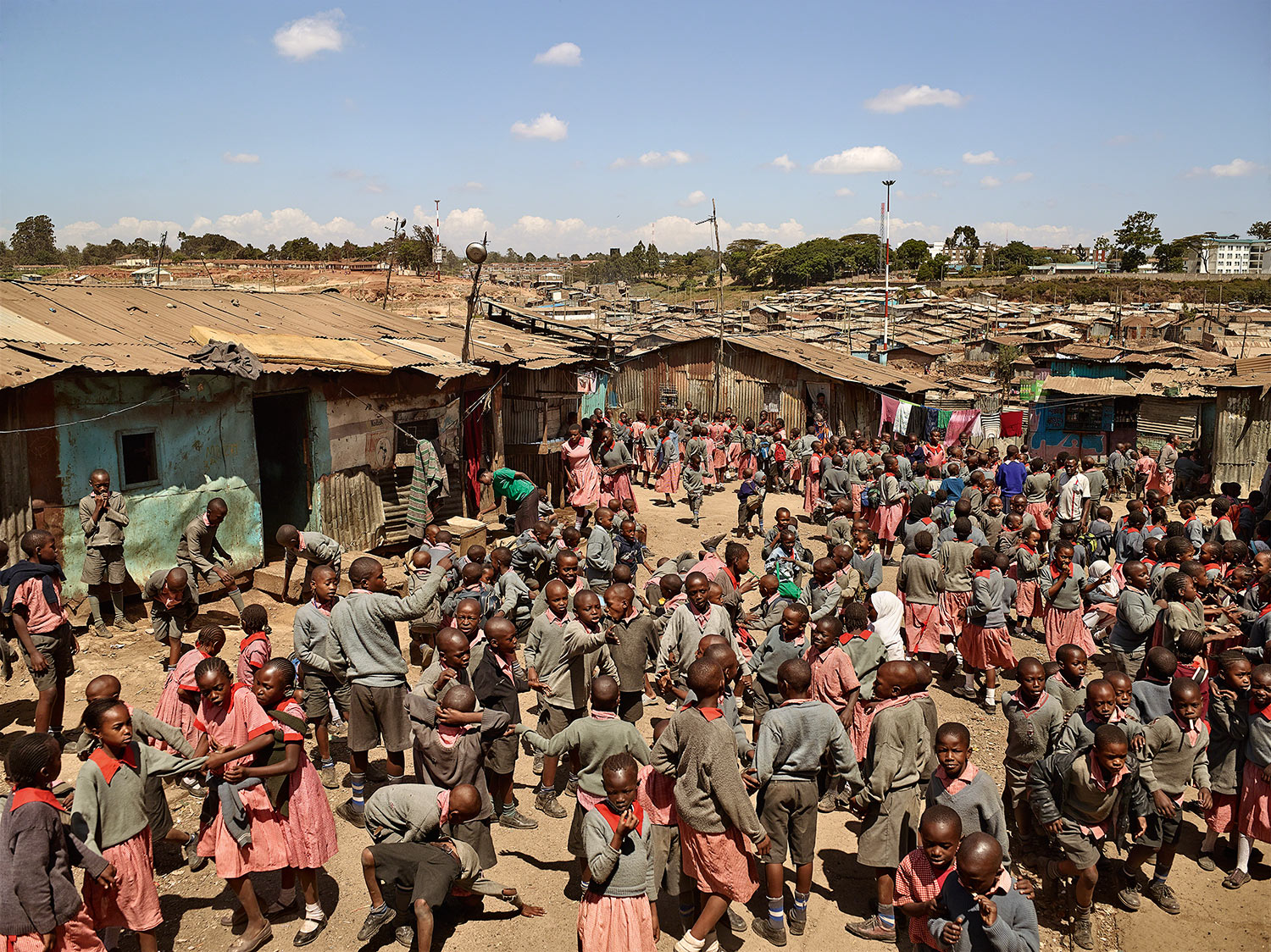
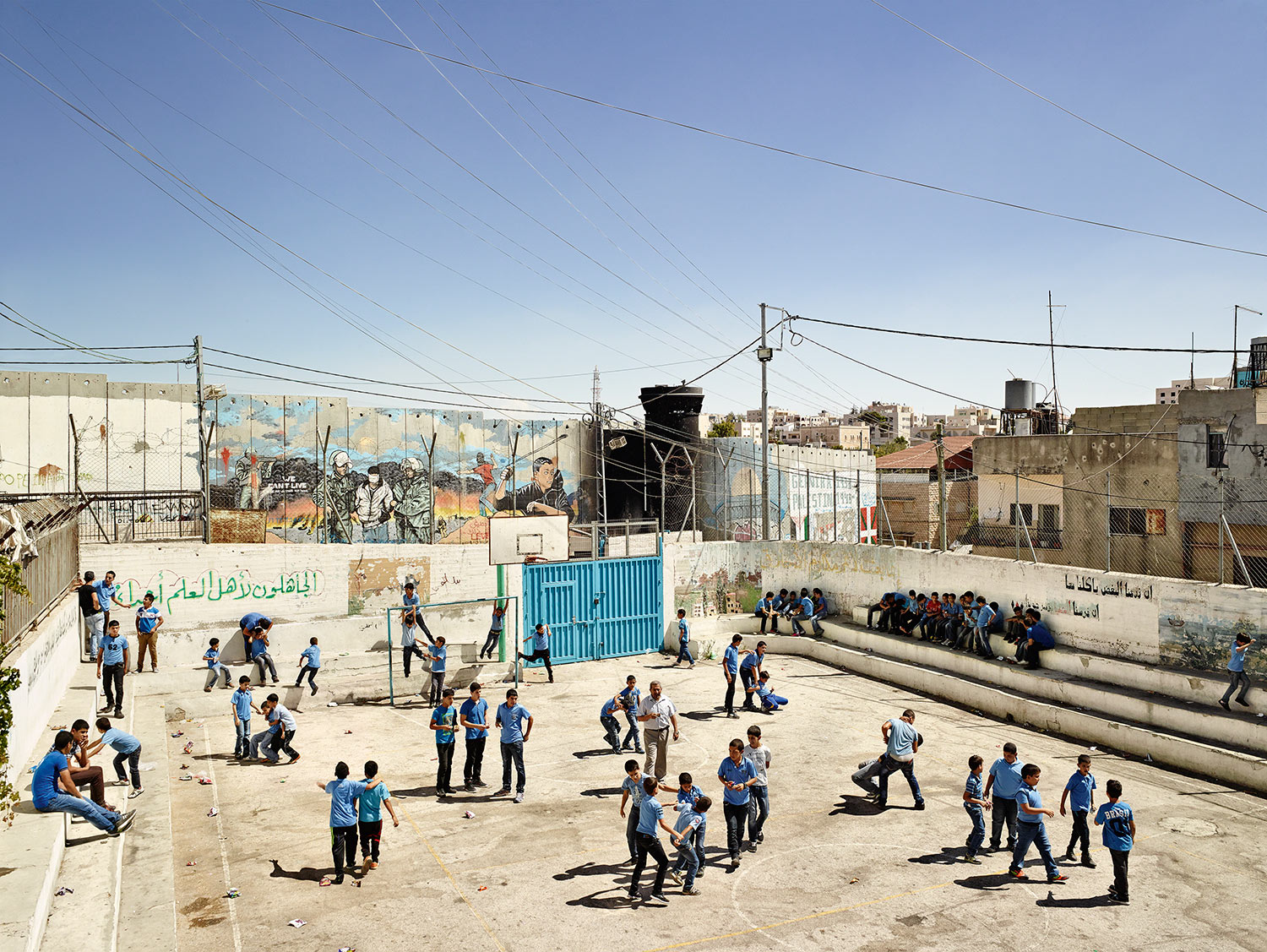
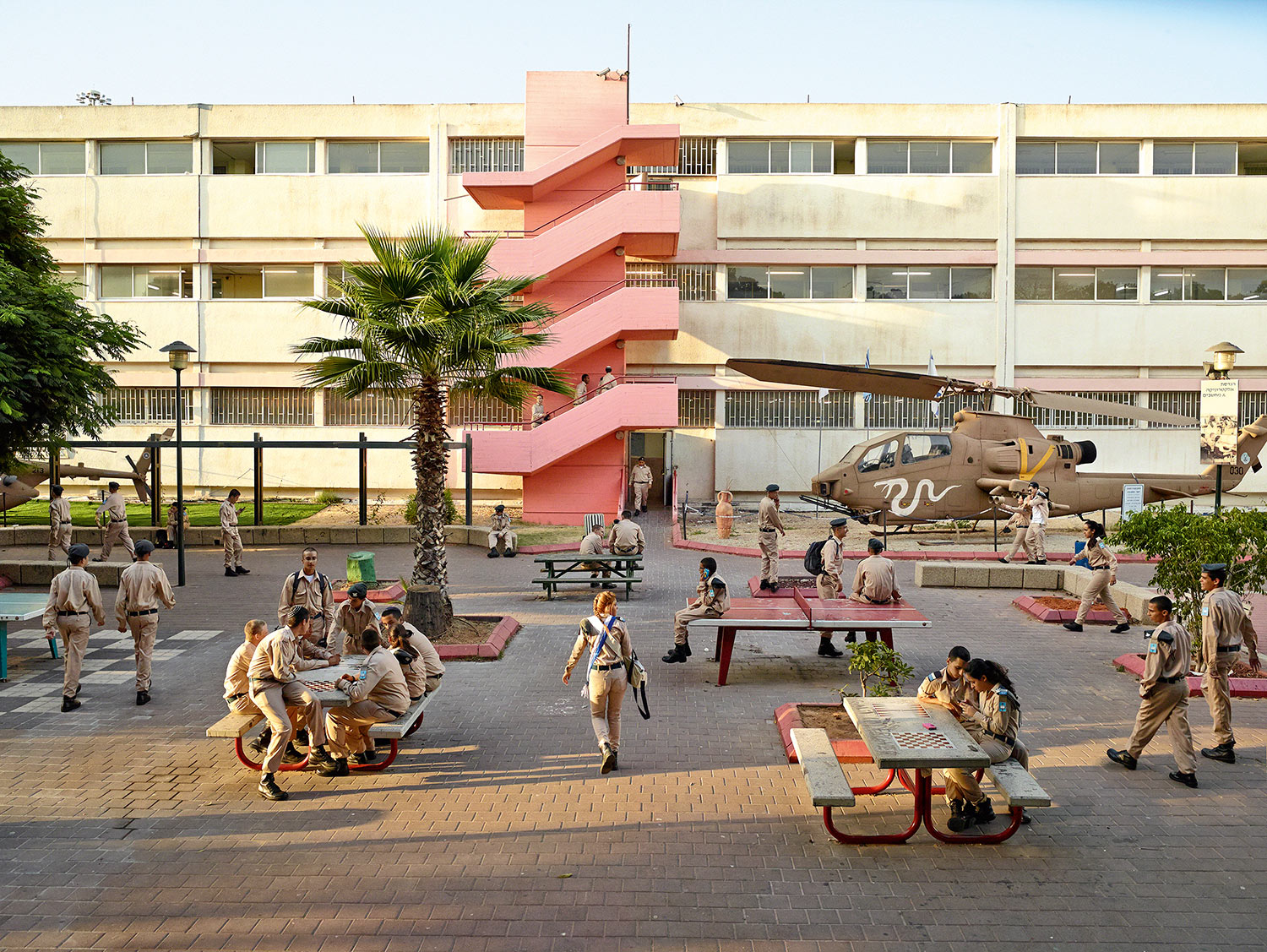
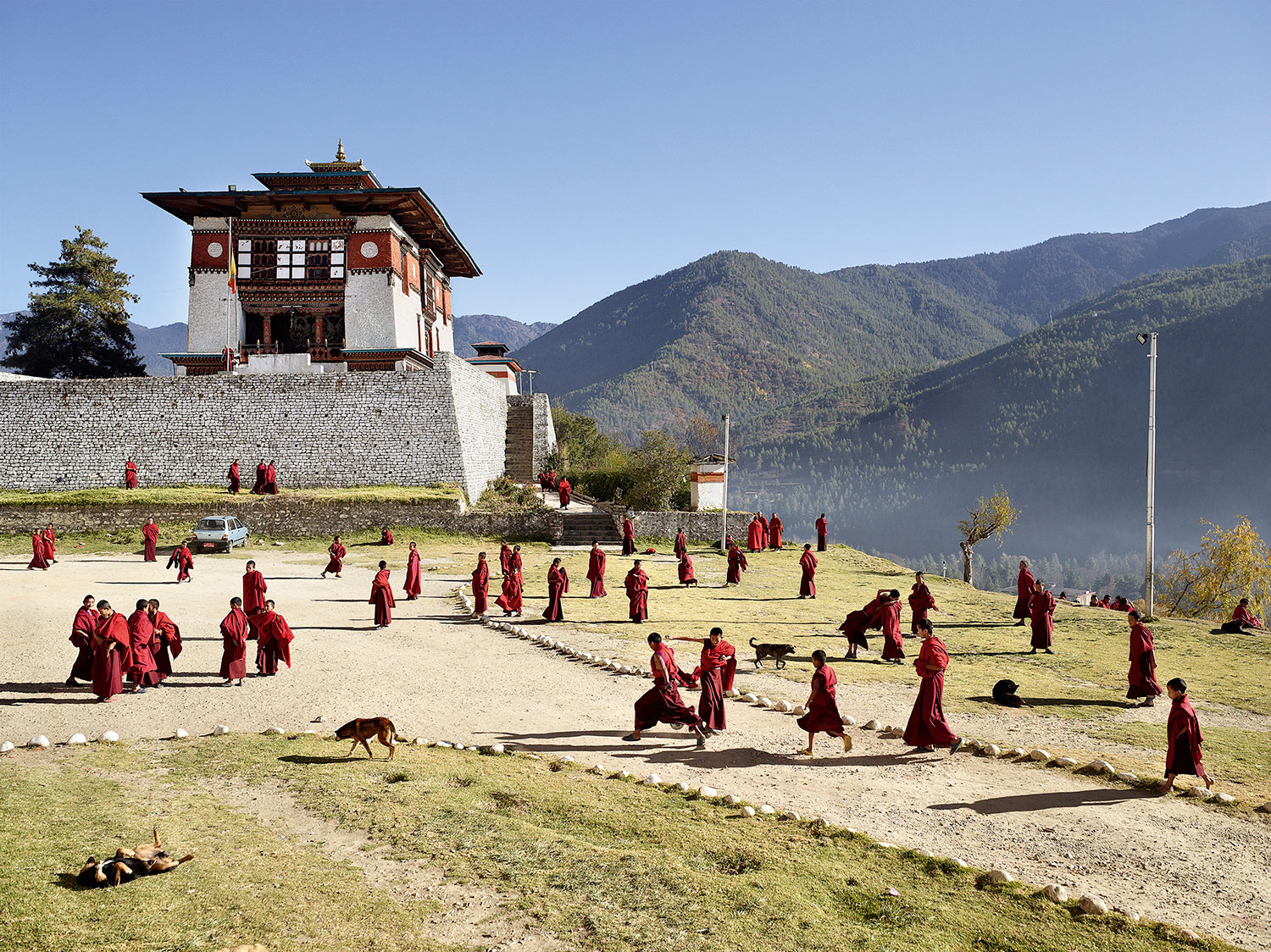
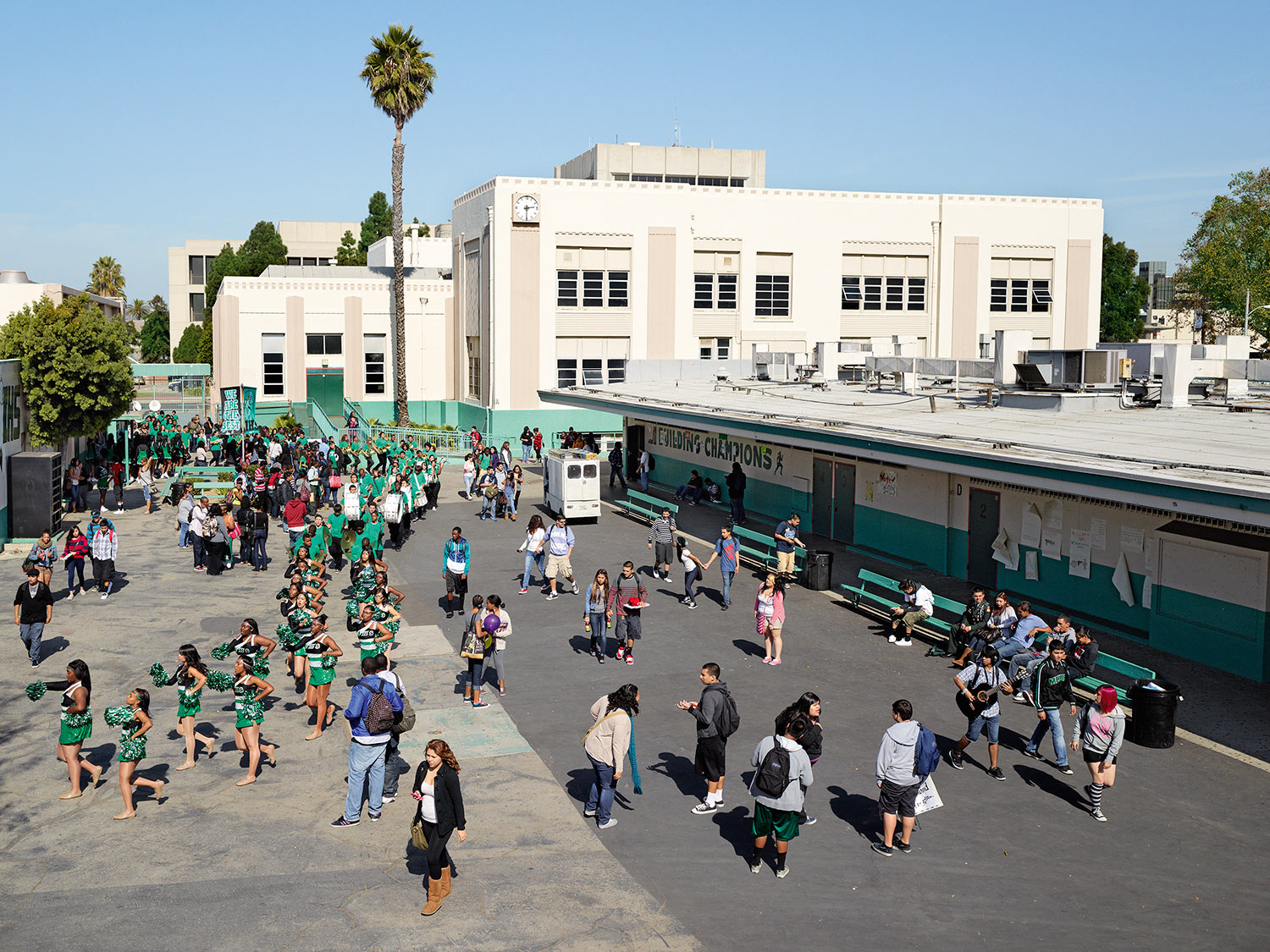
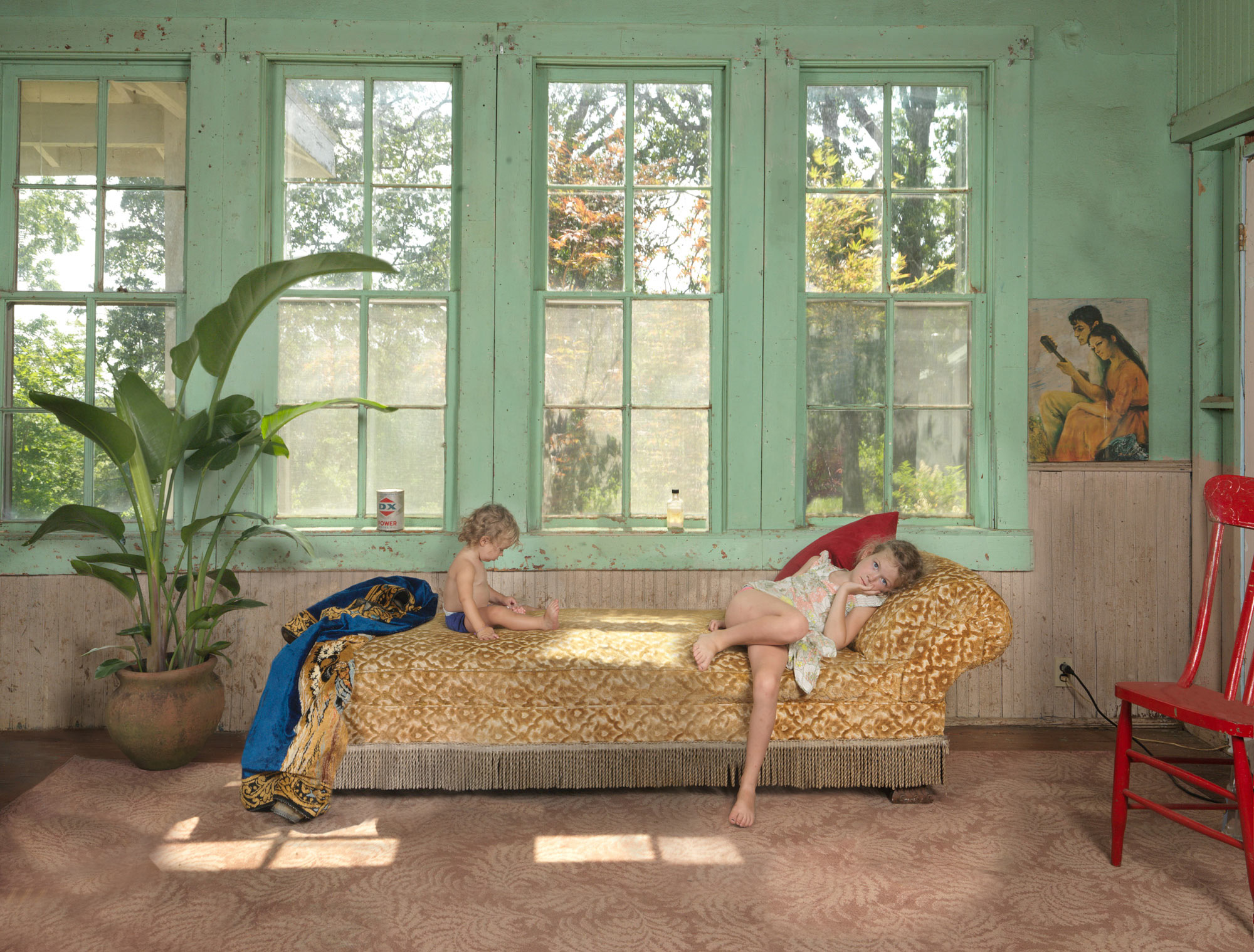
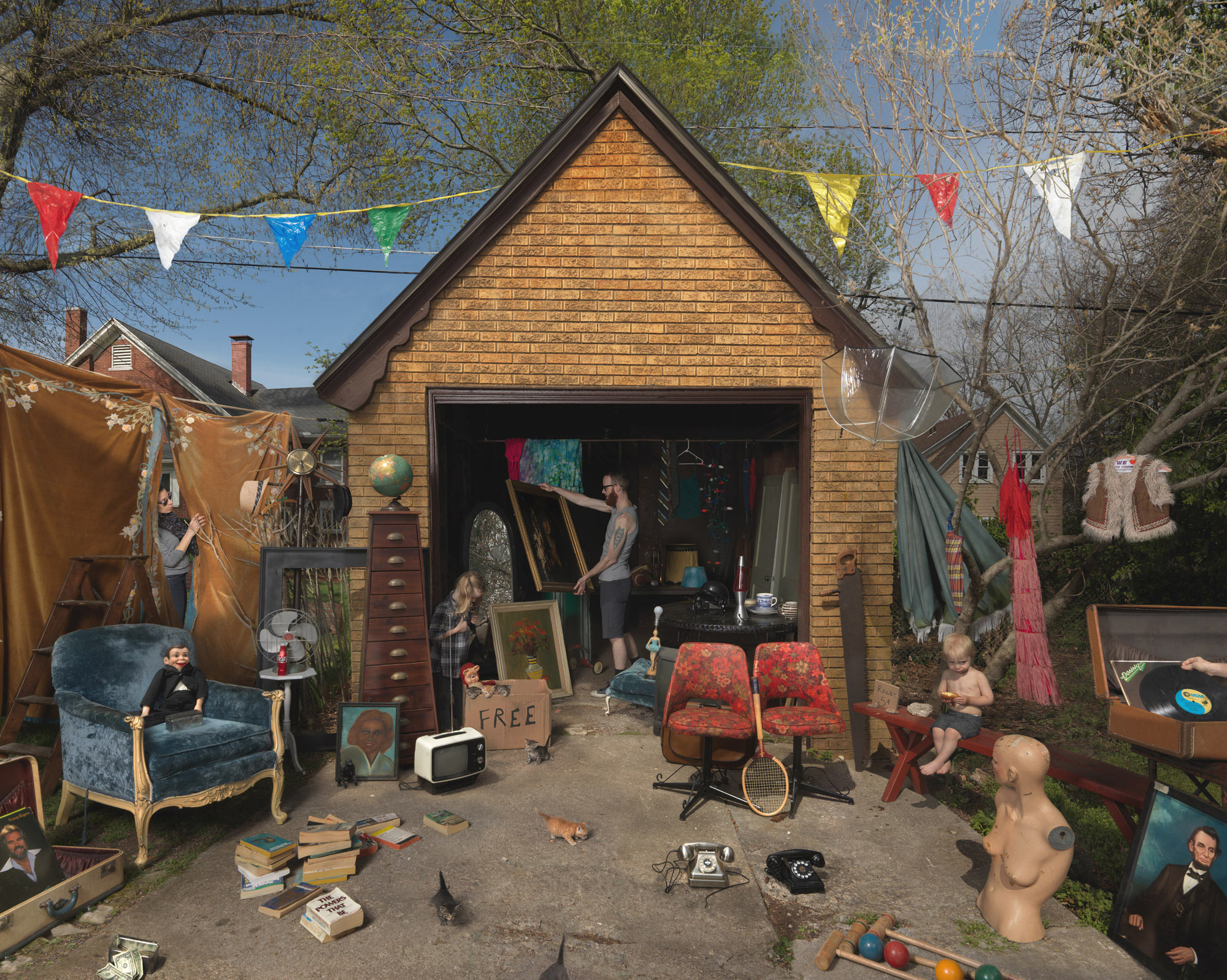
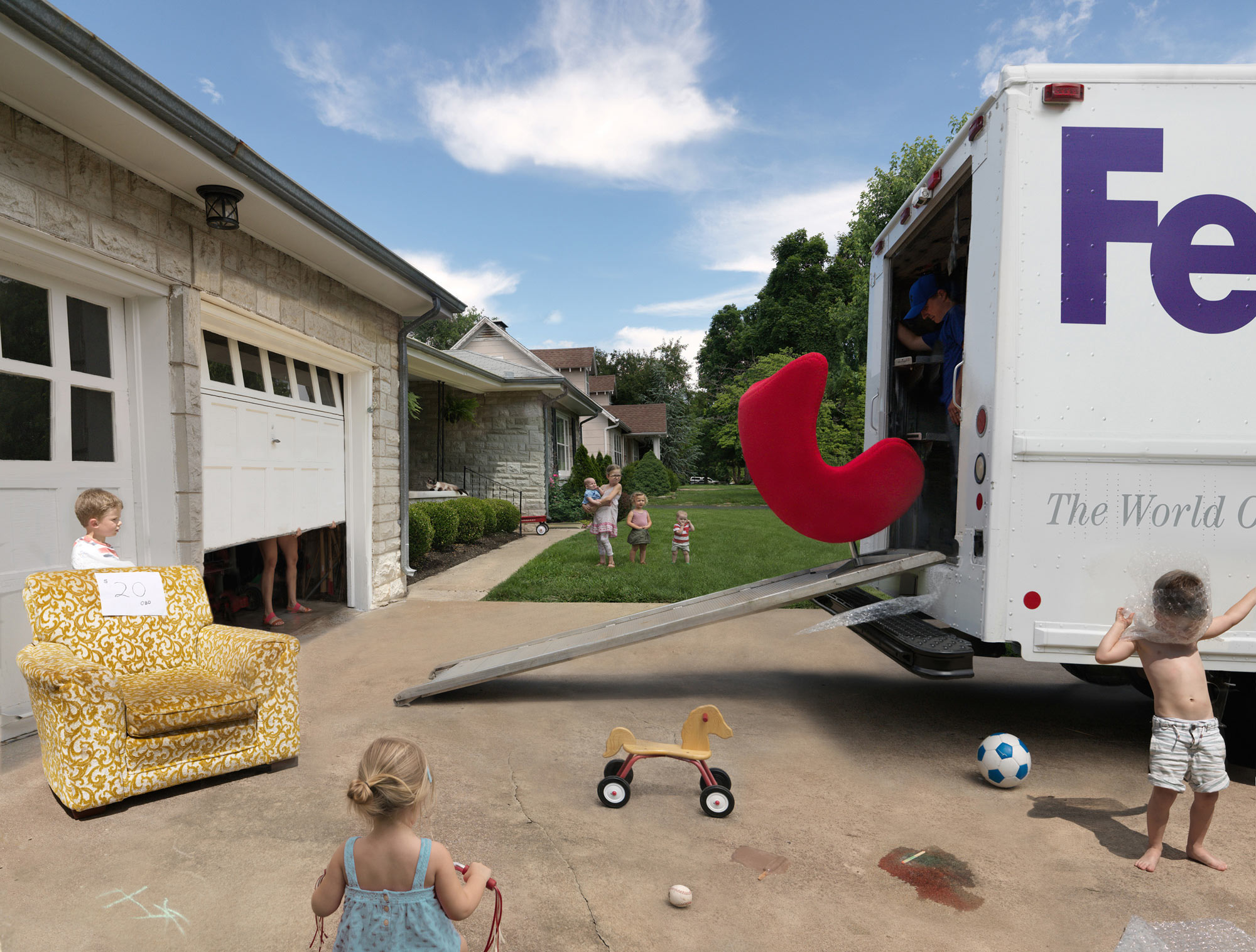

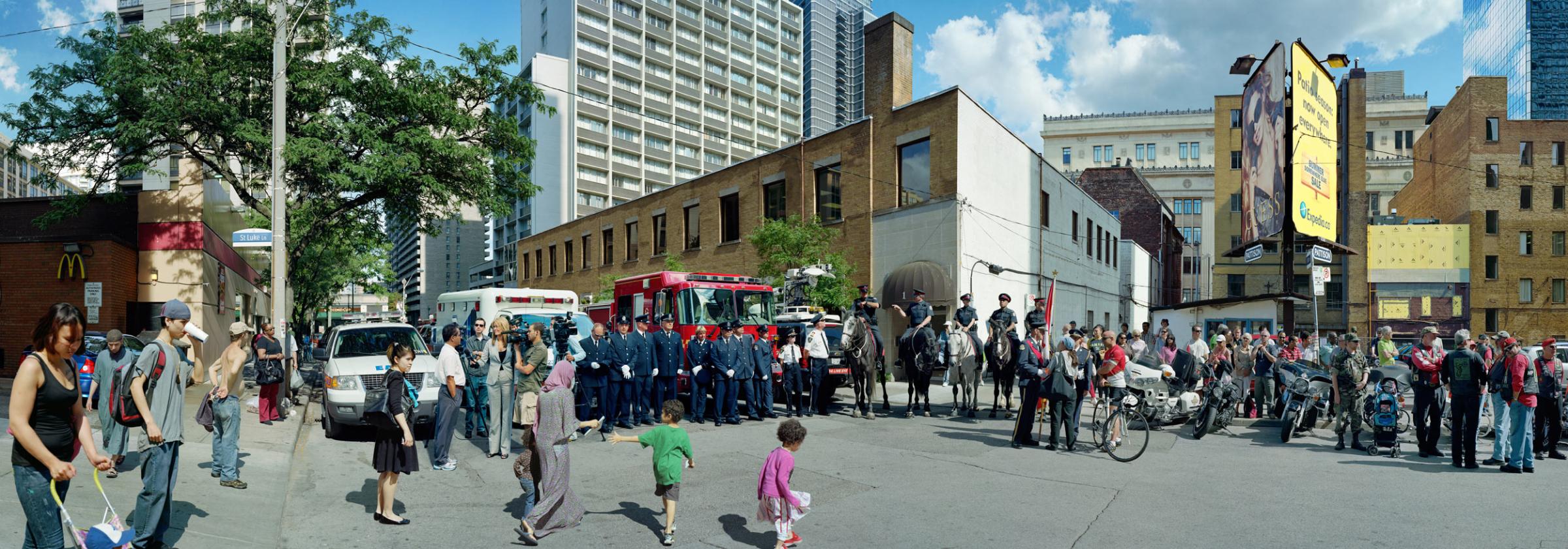
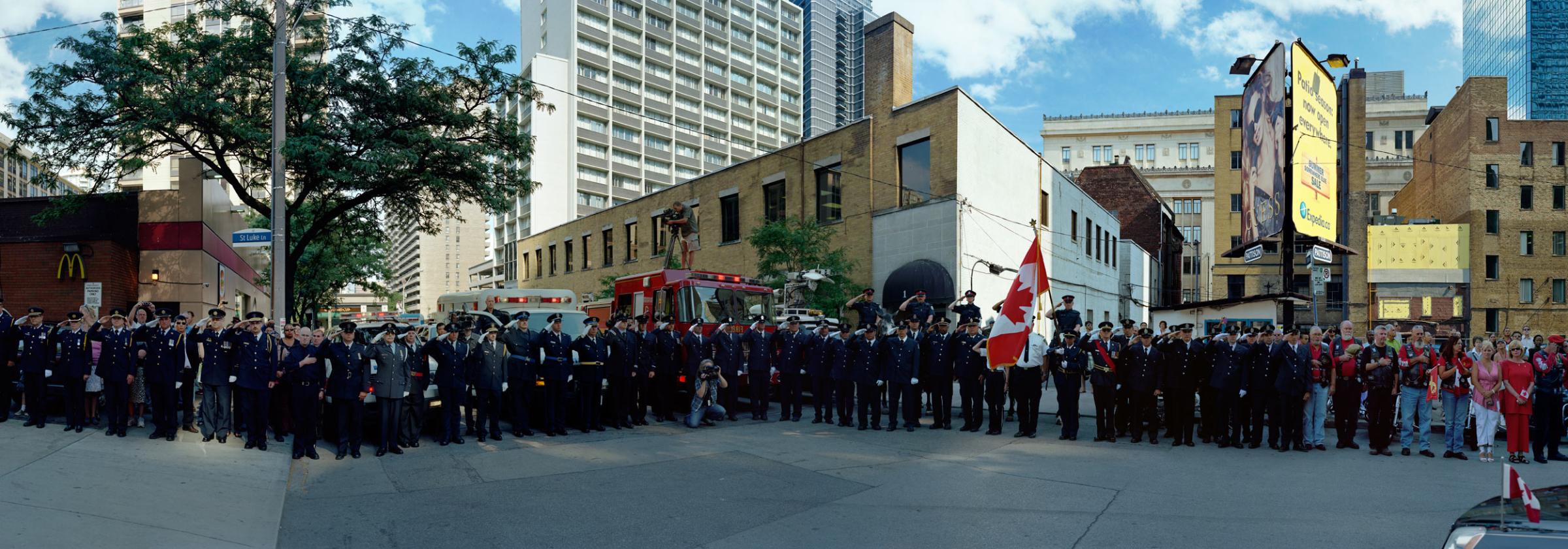
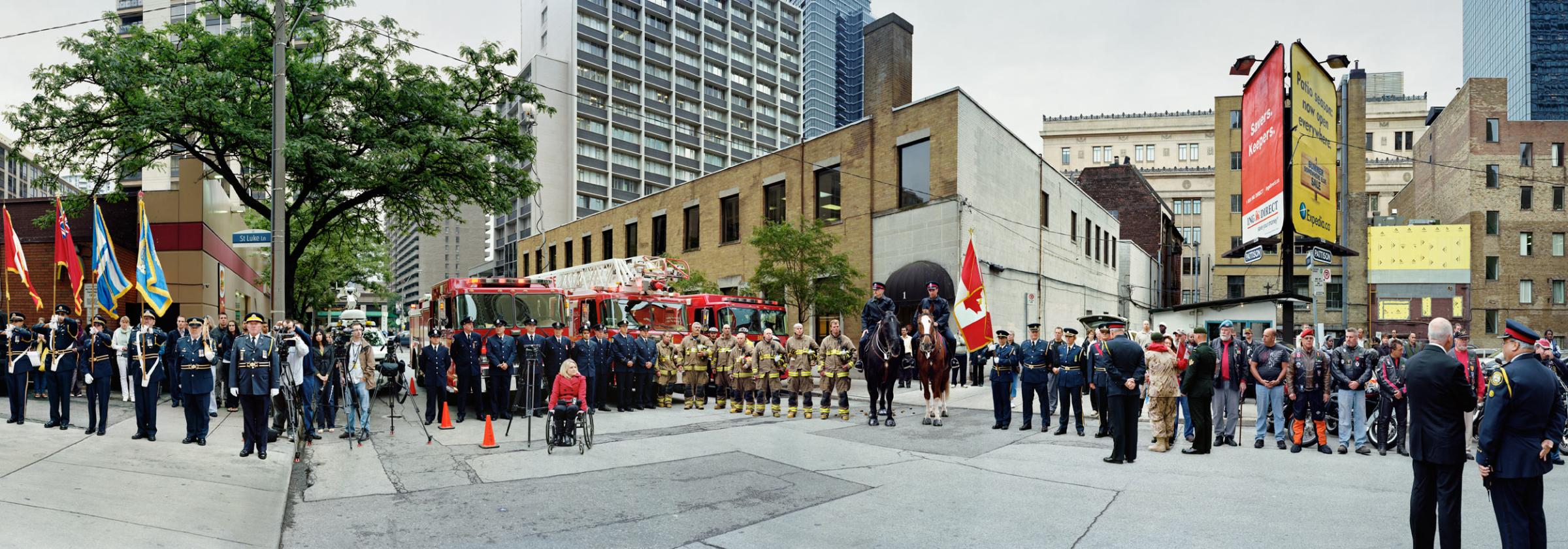
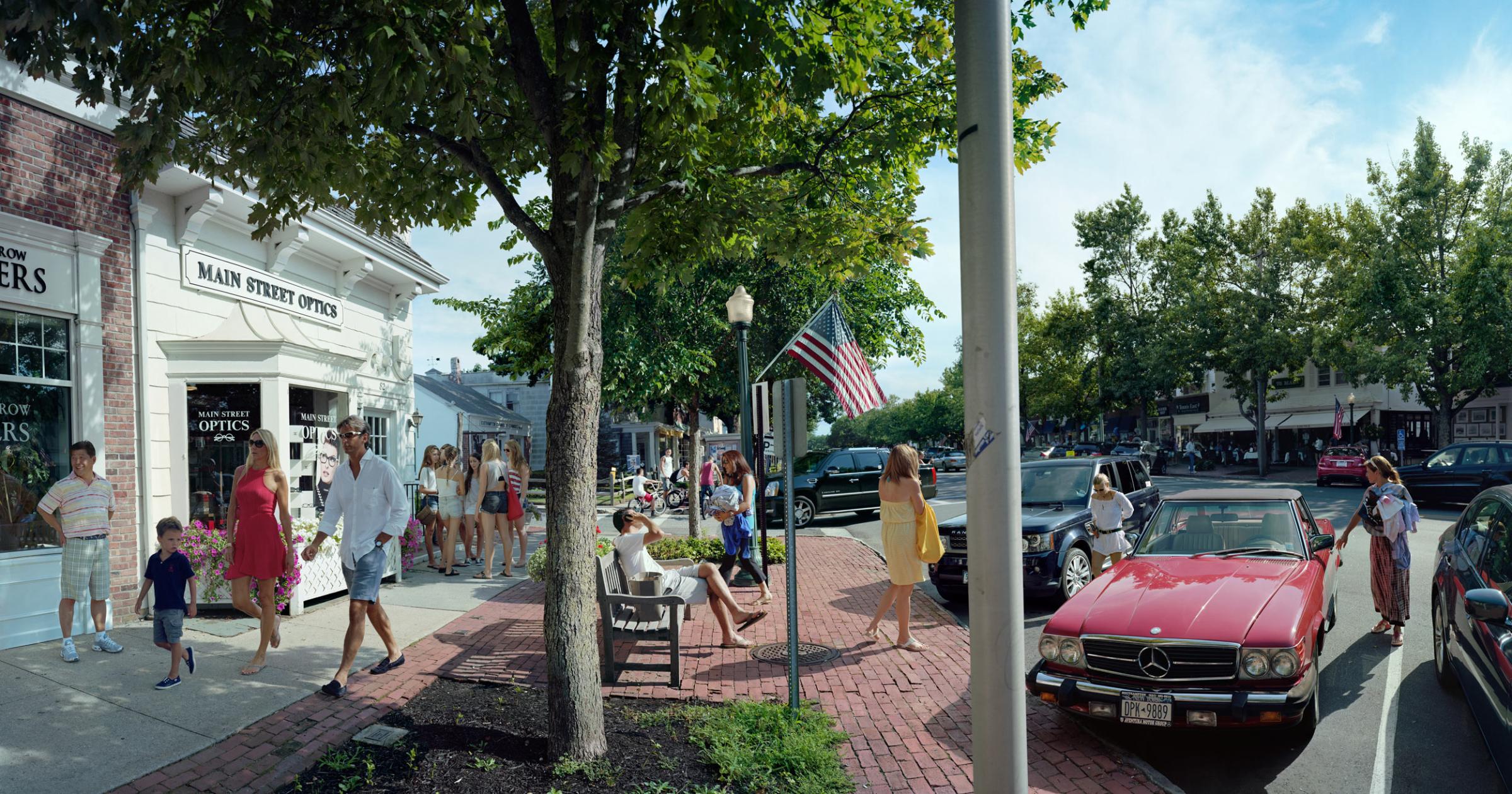



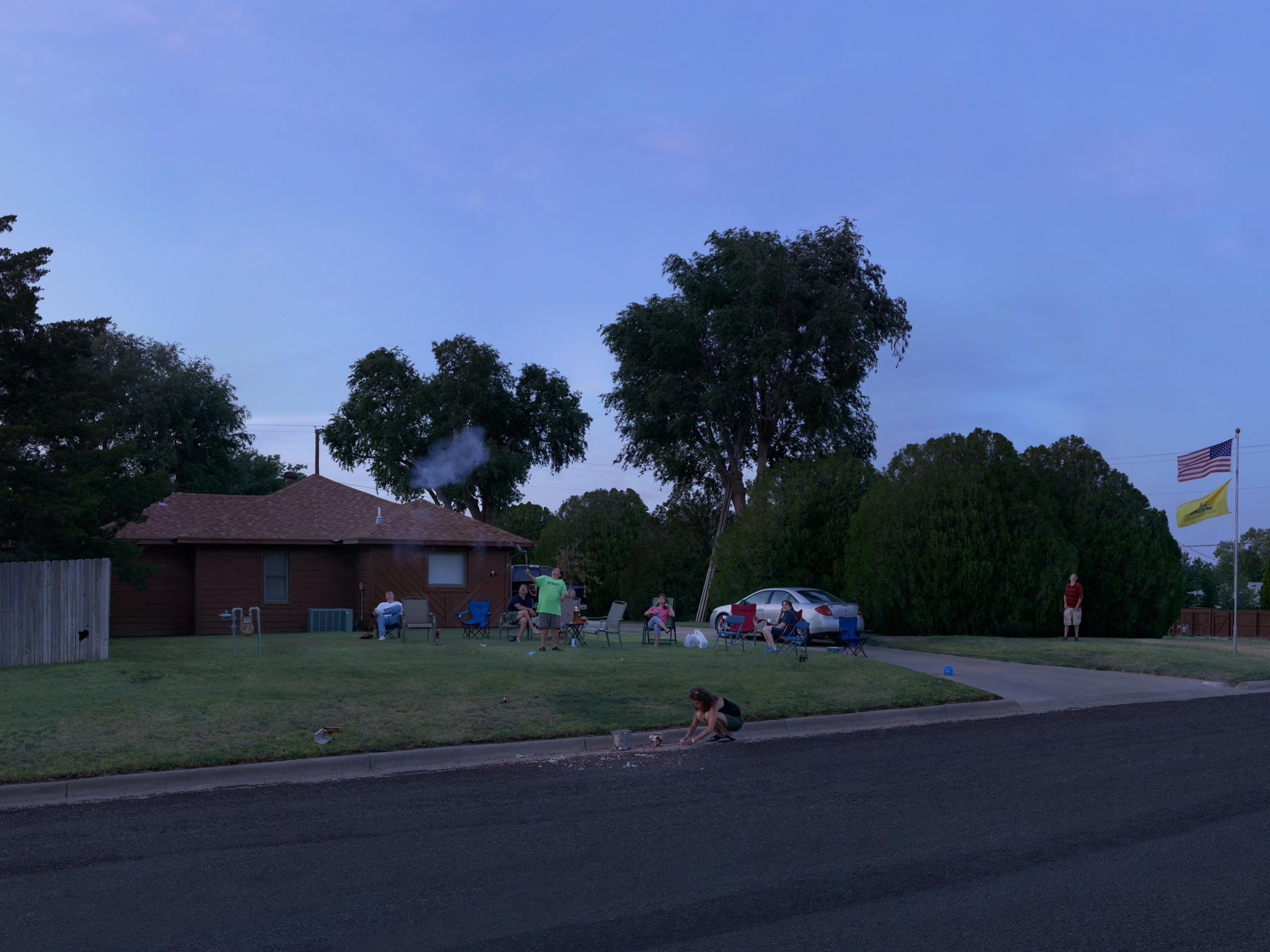
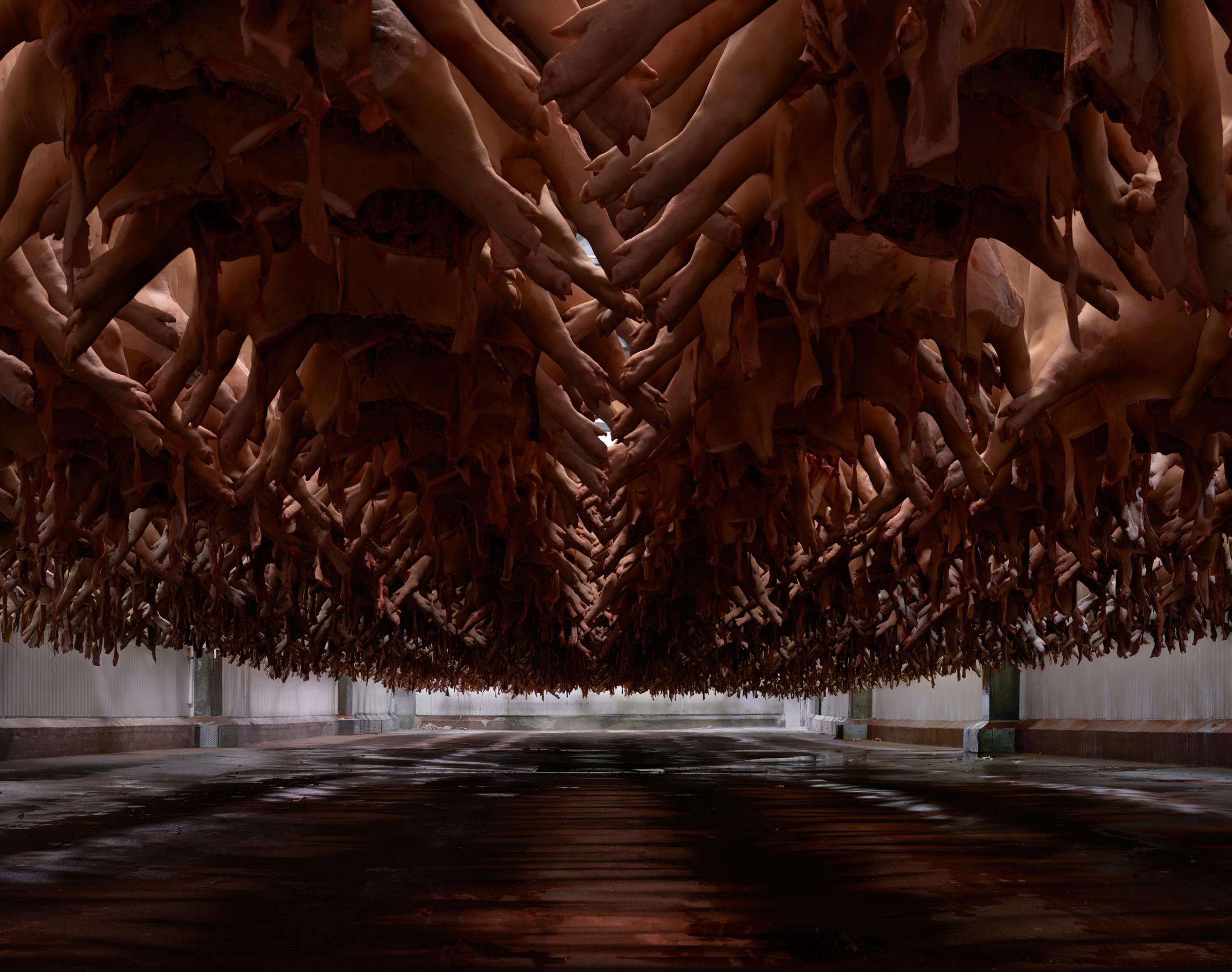
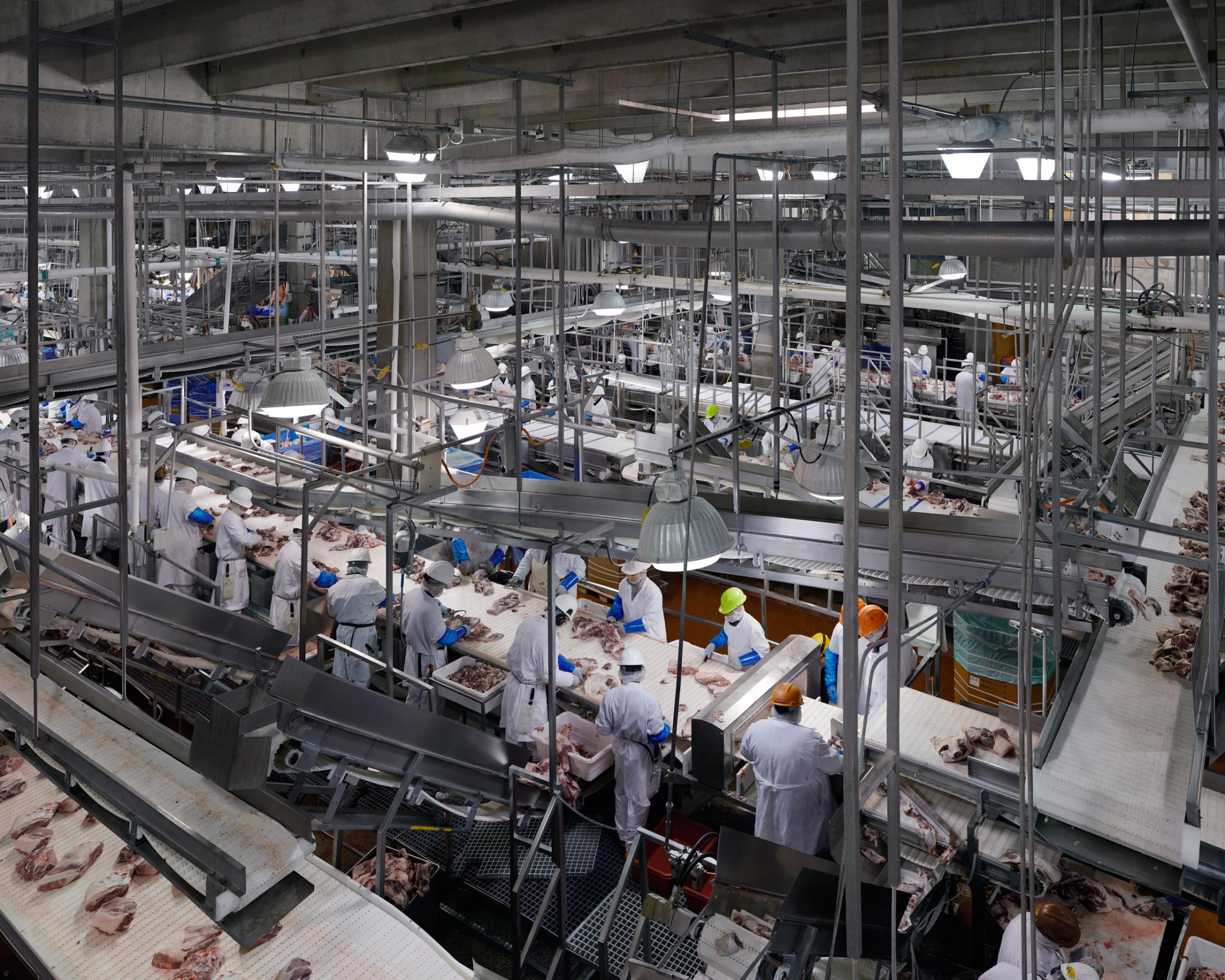
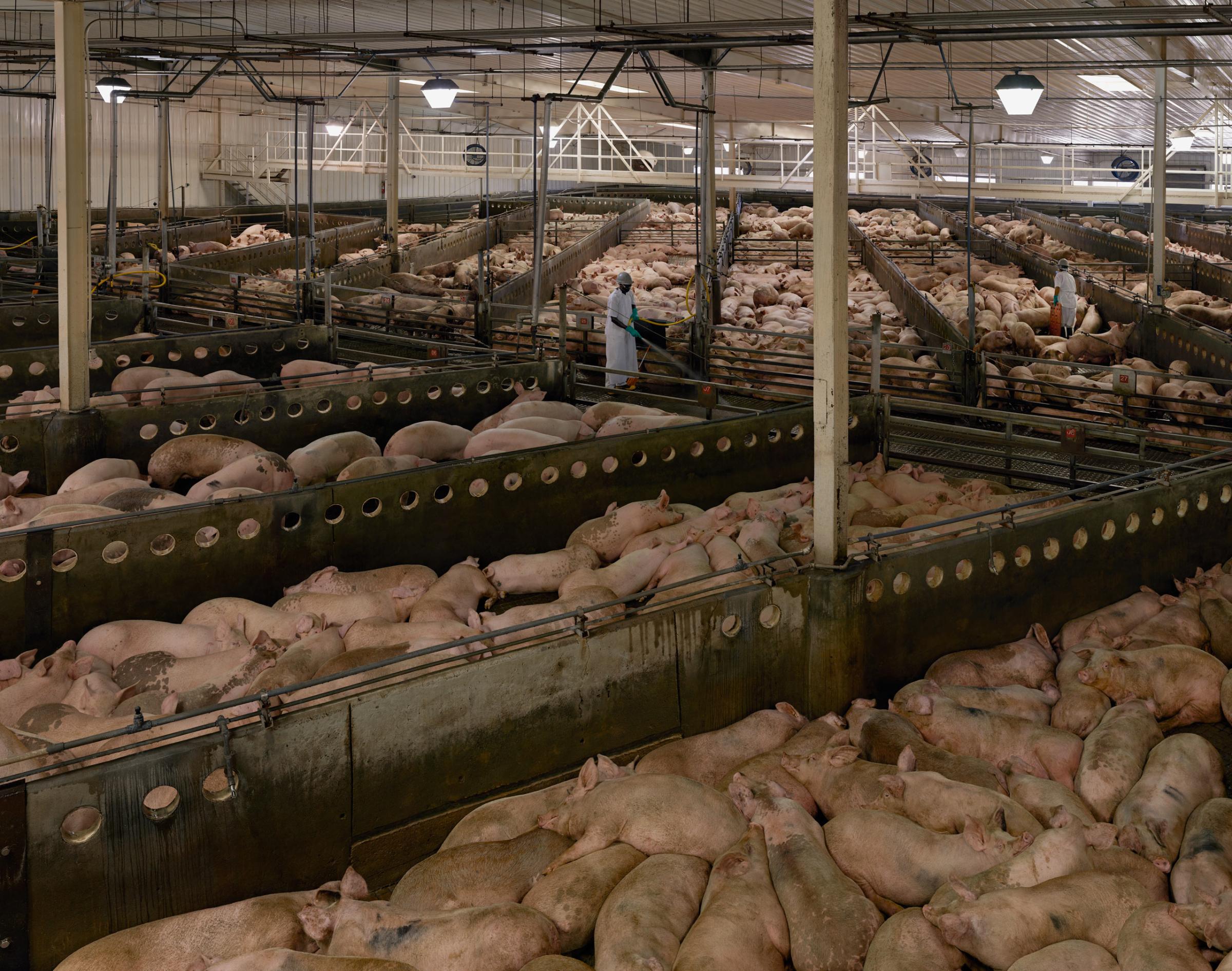
More Must-Reads From TIME
- The 100 Most Influential People of 2024
- Coco Gauff Is Playing for Herself Now
- Scenes From Pro-Palestinian Encampments Across U.S. Universities
- 6 Compliments That Land Every Time
- If You're Dating Right Now , You're Brave: Column
- The AI That Could Heal a Divided Internet
- Fallout Is a Brilliant Model for the Future of Video Game Adaptations
- Want Weekly Recs on What to Watch, Read, and More? Sign Up for Worth Your Time
Contact us at letters@time.com